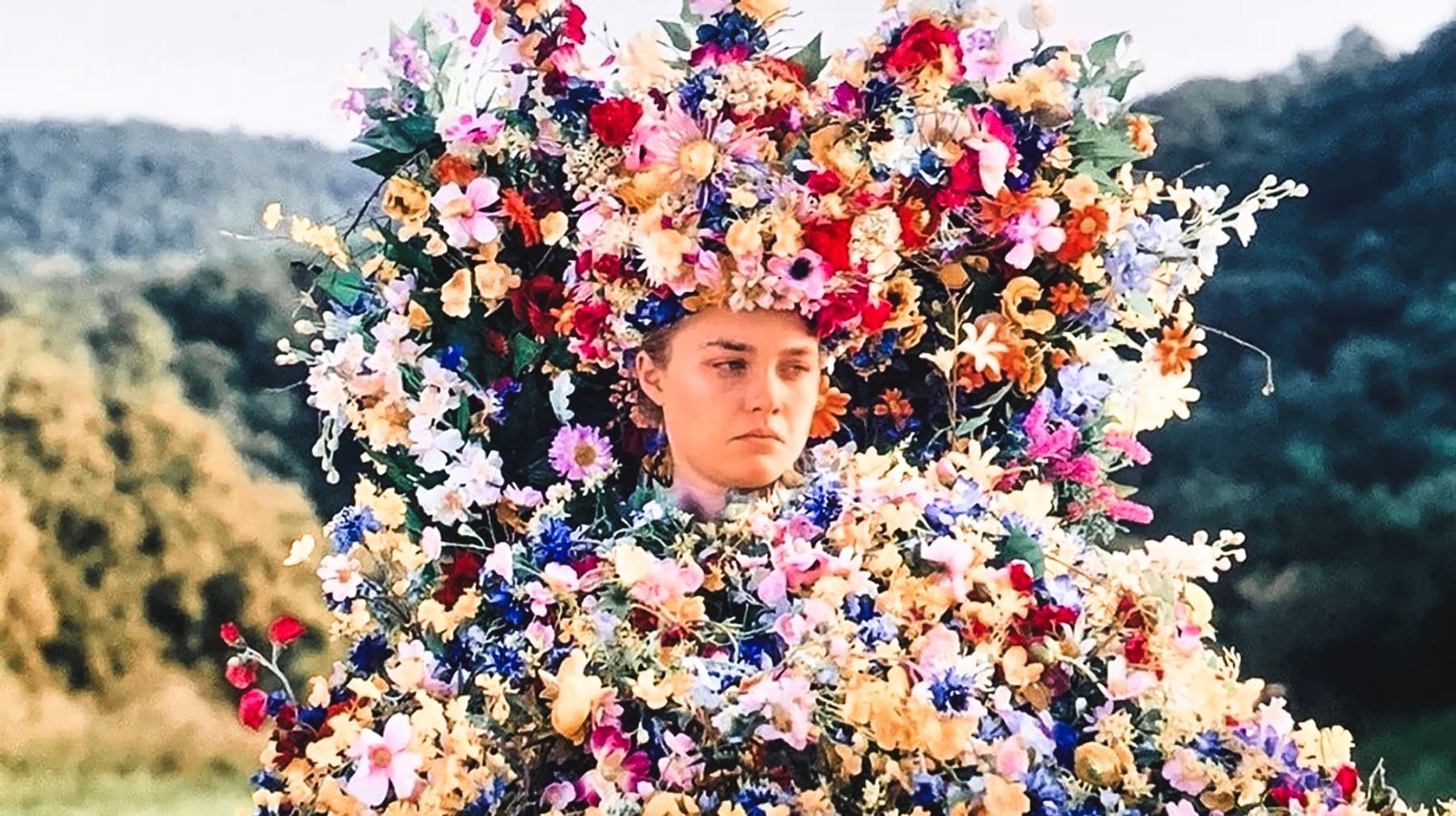Who needs the dark to be afraid? While most horror films cloak their terrors in the safety of shadows, there’s something uniquely unsettling about horror that unfolds under a blazing sun. These are the films that dare to shine a light on fear — and prove that nightmares don’t always wait for nightfall.
In this twisted genre subversion, daylight becomes disorienting. Bright skies and pastoral landscapes lull you into a false sense of security. Then the screams start. Welcome to the world of solar horror, where the real monsters don’t hide in the dark — they invite you in for tea.
Here are some iconic and unforgettable horror films that weaponize the warmth and glare of the sun.
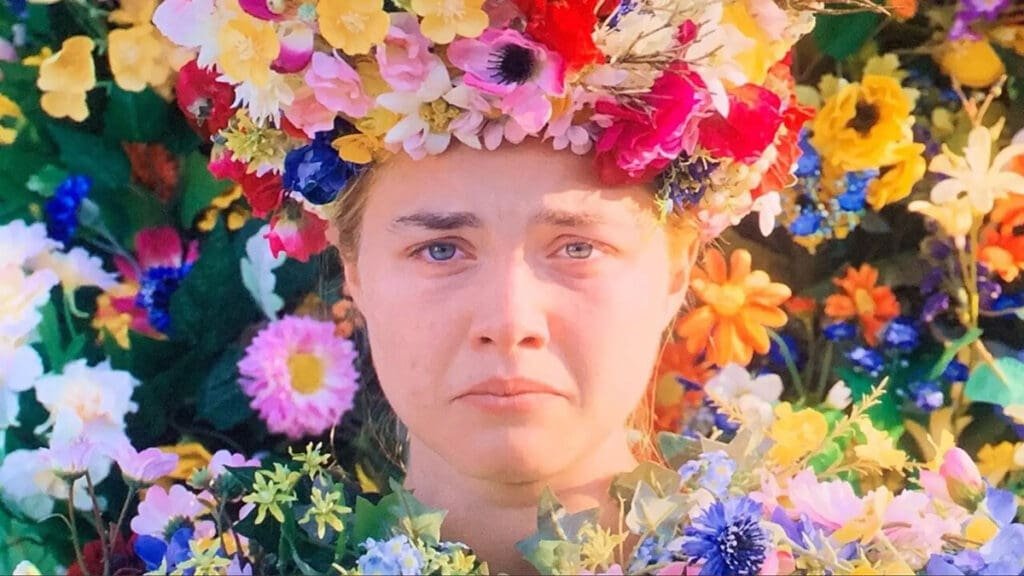
Midsommar (2019)
Ari Aster’s pastel-colored fever dream is a daylight horror masterpiece. Set in rural Sweden during a midsummer festival where the sun barely sets, the film contrasts flower crowns and smiling villagers with ritualistic horror. The unrelenting brightness only amplifies the dread, making it feel inescapable.
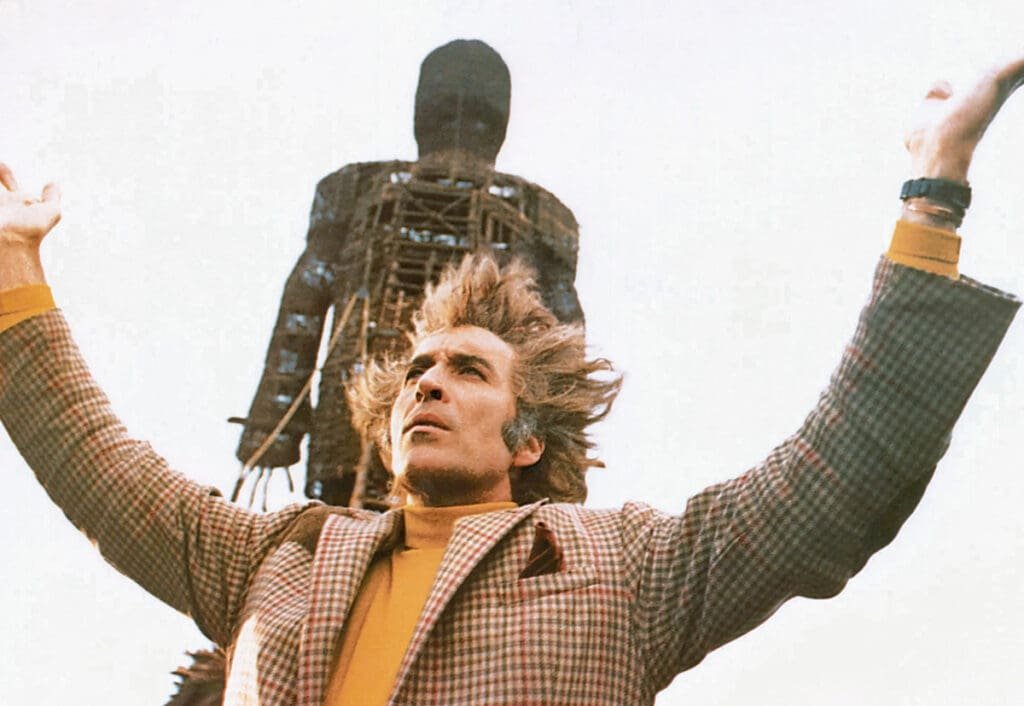
The Wicker Man (1973)
The original Wicker Man is a folk horror classic. A devoutly Christian police officer arrives on a remote island to investigate a missing child — only to discover a pagan society that hides its secrets in plain sight. The lush greenery, cheery folk music, and sunshine-soaked meadows disguise something sinister and ancient.
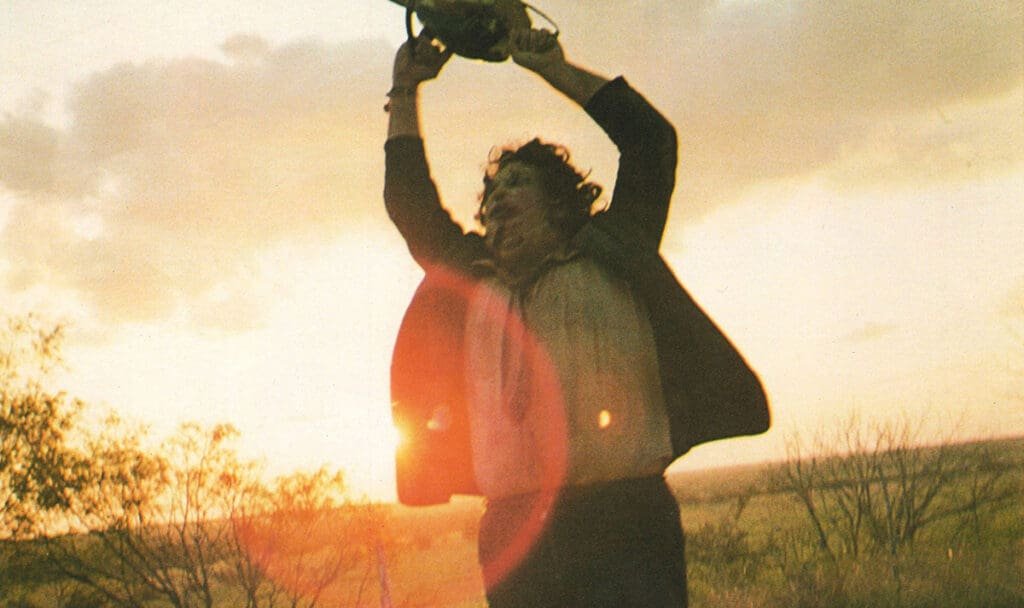
The Texas Chain Saw Massacre (1974)
Hot. Sweaty. Horrifying. Tobe Hooper’s low-budget nightmare is drenched in oppressive daylight. The film’s grainy visuals and rural heat make it feel like a fever dream, as a group of friends stumbles into the home of one of horror’s most iconic cannibal families. No shadows needed.
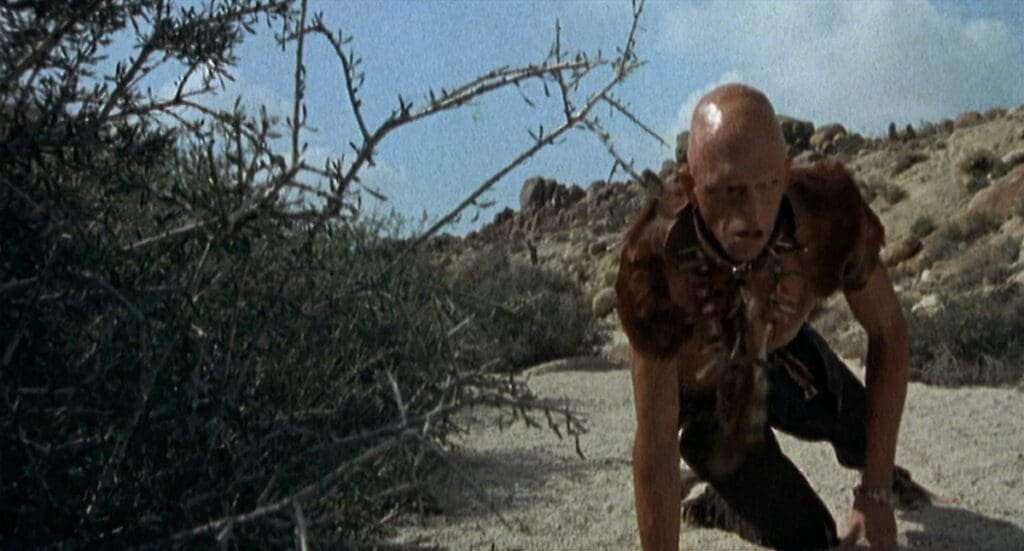
The Hills Have Eyes (1977)
Another sun-scorched descent into madness, Wes Craven’s The Hills Have Eyes finds a family stranded in the desert — and hunted by mutant cannibals. The wide-open spaces and punishing sunlight only make the terror more stark and surreal.
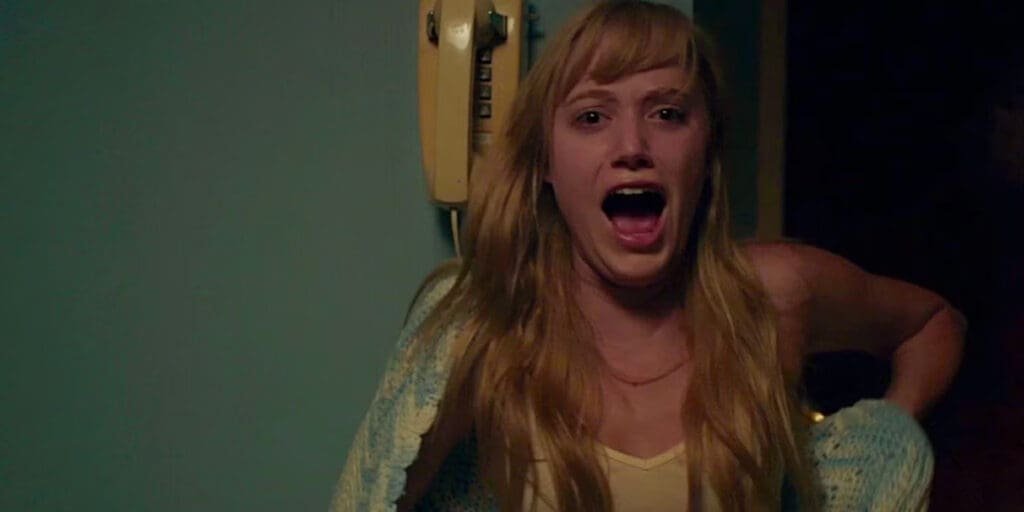
It Follows (2014)
While not exclusively a daylight horror, It Follows uses suburban sprawl, bright classrooms, and open spaces to great effect. The slow-walking entity is terrifying precisely because it can appear at any time, anywhere — and the light won’t save you.
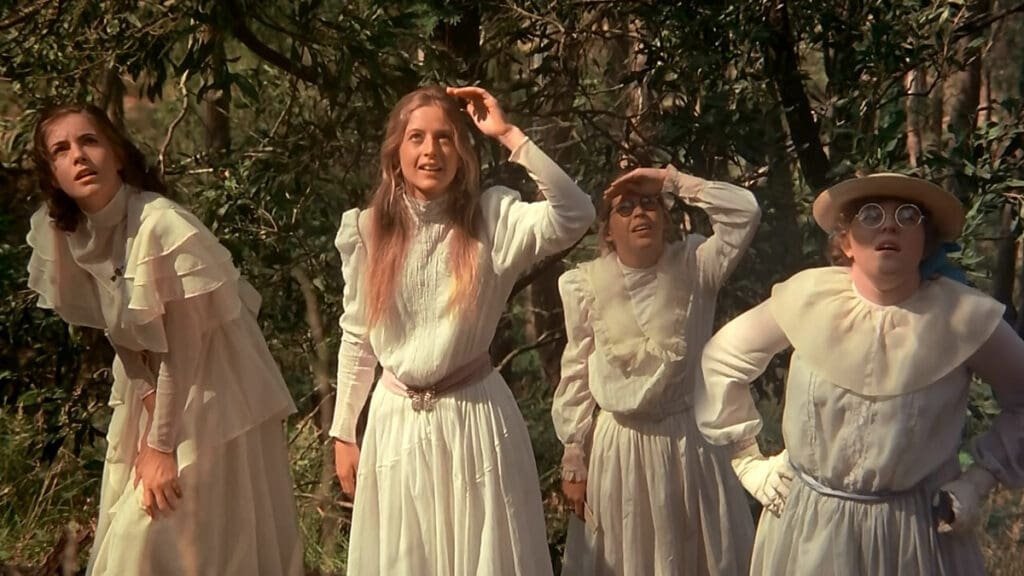
Picnic at Hanging Rock (1975)
This Australian psychological mystery isn’t horror in the traditional sense, but it radiates eerie ambiguity. A group of schoolgirls vanishes during a sun-drenched field trip, and the serene, bright setting makes their disappearance all the more disturbing. It’s beautiful, atmospheric, and quietly haunting.
Threads of Daylight Horror in Modern Film
More recent additions to the genre — like The Lodge and Fresh — play with light in unnerving ways. The Lodge is snow-bright and sterile, while Fresh seduces us with charming daylight scenes before veering into body horror. These films remind us that terror doesn’t need to be wrapped in shadows to strike hard.
So next time you’re basking in a sunny day, remember: the brightest light can cast the darkest shadow. In solar horror, the terror is laid bare — raw, exposed, and impossible to hide from.


